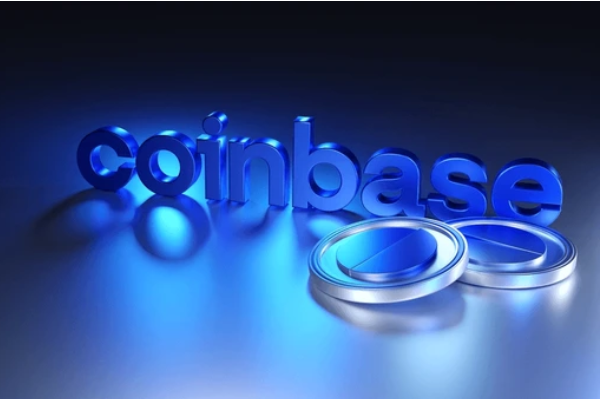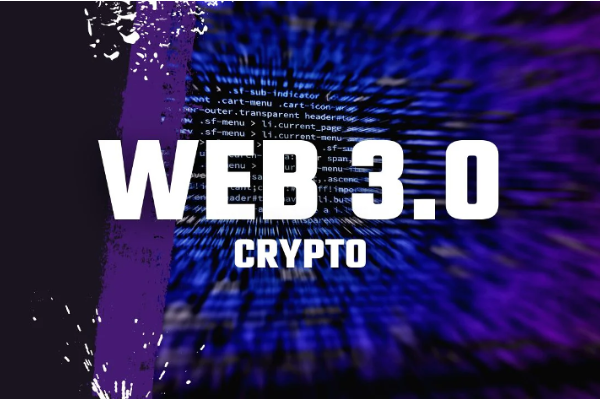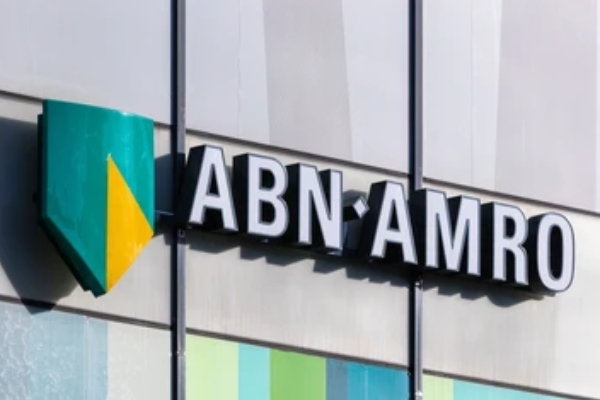Paradigm: 5 key tips for crypto project recruiting BD leaders
A good BD leader needs to be able to build sales infrastructure and lead the end-to-end sales process at the same time.
In the cryptocurrency field, the competition for early growth leaders is becoming increasingly fierce, and project parties are increasingly inclined to hire influential KOLs as members of the early core growth team. The core reason behind this is that for Web 3 projects, distribution capabilities are often the key factor that determines their success or failure. Finding the right business development (BD) leader and hiring at the right time can have a huge impact on the growth trajectory of the project.
This article summarizes some suggestions provided by the Paradigm team to entrepreneurs on the first recruitment of BD leaders, covering everything from timing selection to capability requirements.
BD (Business Development) leaders play a vital role in driving the growth of project TVL (Total Locked Value). BD's responsibilities are not only to open up markets and acquire users, but also to establish partnerships, optimize product distribution strategies, and promote the expansion of the ecosystem. A good BD must have strong communication skills, keen market insight, high execution ability, and a strong sense of responsibility. From the founder's perspective, the timing of hiring a BD, the ability assessment, and the execution assessment all need to be considered.
Don't give up the founder-led sales model too early
Founders are usually the best salespeople for their own products. In the process of winning the first customers and building the MVP (minimum viable product), it is crucial to maintain the founder-led sales model for the following reasons:
It is easier to close the first deal: For startups that have not yet launched a product, customers are more betting on the founder's ability to realize an exciting product blueprint rather than the existing product itself. Compared with the hired BD, the founders themselves are more likely to convince potential customers with technical details, product vision, and enthusiasm to make them the first user to take the risk.
Help build a better product: In the early stages of the company, sales and product development should be the same process. Founders need to establish a close feedback loop with potential customers and use their opinions to improve the development roadmap of the v1 product. If new employees are introduced in this process, it may add unnecessary friction and communication barriers.
Generally speaking, when the project has verified the needs of the initial users and needs to promote the product to a wider market, you can start to consider hiring the first BD leader. If it is a protocol project that needs to build a broad external ecosystem before going live, this process may start earlier. But generally, it is better to wait until the project has a small number of loyal customers before hiring.
The ability to transform "flexible trial" into "scalable mode"
The BD leader should transform the founder's method of finding the first customers "in a way that does not scale" into a scalable and repeatable sales model to help the company get the next hundred or even thousand customers. The following are the key tasks that the BD leader should be responsible for in the early stages of the project:
Build a CRM system suitable for the company's development (such as Excel, Salesforce, Copper, etc.) and fill it with relevant data on the target market.
Qualify inbound inquiries, initiate outreach to new potential customers, and introduce founders to assist in key transactions.
Hold weekly product line meetings to help the leadership team understand market penetration and bottlenecks in the sales process.
Create sales promotion materials (such as customer case studies, product updates, getting started guides, etc.) and test which selling points can drive potential customers' decisions.
As the person who best understands customer needs, provide direction to the product development team and ensure that the team focuses on the development of key features and capabilities.
In short, an excellent BD leader needs to be able to build sales infrastructure and lead the end-to-end sales process at the same time. Having only one of these capabilities is not enough.
High autonomy and crypto-nativity
The survey found that some of the best-performing BD leaders are often former entrepreneurs or early employees who built a previous company from scratch. They are well aware of their responsibilities and have a high sense of responsibility for their work and the progress of the company's goals.
In addition to strong communication and organizational skills, "crypto-nativity" should also be a recruitment focus. Here are some soft skills that help determine whether a candidate can persist through multiple rounds of industry cycles, including:
Adaptability: Early sales work in the crypto industry is very different from sales roles in large, mature companies. In the latter, most of the processes, infrastructure, and narratives are already in place. Crypto growth leaders need to improvise sales strategies as market conditions and narratives change, because effective strategies in bull markets may completely fail in bear markets (and vice versa).
Resilience: Due to the cyclical nature of the industry, candidates need to be highly passionate about the mission of the crypto industry and not be easily discouraged by delayed results. In the crypto field, successful BD strategies are usually found after multiple failures, learning, and iterations. Candidates who are driven only by short-term financial gains are often eliminated in the inevitable market downturn.
Although it is difficult to find a candidate who fully meets all the requirements, a BD leader with high autonomy and adaptability in the crypto field will lay the foundation for the success of the project.
Tactical execution capabilities cannot be ignored
Many crypto startups tend to focus too much on strategy during the growth process and ignore the critical role of tactical execution. According to a survey of purchasing decisions of multiple application technology stacks, surprisingly, the deciding factor is often just the speed of response - such as timely response to inbound inquiries, quick follow-up calls, or the ability to efficiently solve complex technical problems.
The compounding effect of good tactics can create long-term winners. Tactical execution is not just the ability to complete tasks, but also a direct manifestation of sensitivity to customer needs and action. Excellent execution can quickly build customer trust, optimize sales conversion rates, and gain an advantage in a highly competitive market. Therefore, it is crucial to prioritize candidates who can organize an efficient sales process and not let prospects slip away. Here are some interview questions that can be used to assess a candidate's sales ability:
- What criteria do you use to classify inbound inquiries as low, medium, and high priority? How does the sales process differ for inquiries of different priorities?
- What questions do you ask during an exploratory business call to determine if the prospect is a good fit for us?
- Do you think it is appropriate to show a presentation directly in a call with a prospect? Or, how do you prefer to lead a sales call?
- How quickly do you follow up with prospects after the initial sales call? What messages are usually sent?
- If a prospect becomes cold, what strategies do you try to re-engage them?
- If a prospect enters the implementation stage, how do you adjust the communication platform, style, and frequency?
The value of execution lies in its ability to turn strategy into actual results. No matter how sophisticated the strategy is, it will ultimately be just talk without solid execution to support it. For BD leaders, it is important to help develop the company's distribution strategy, but the real results are often reflected in the daily details. Efficient tactical execution can not only respond quickly to market needs, but also establish differentiated advantages in customer experience, thereby winning long-term trust and reputation for the company.
Therefore, when selecting a BD leader, we should not only pay attention to his strategic capabilities, but also examine his execution capabilities in actual work to promote things. Only by combining both can we truly provide a continuous driving force for the growth of the company.
Measuring performance with auxiliary indicators
In an emerging industry like encryption, many external factors will affect the realization of traditional growth goals, such as revenue, TVL, number of customers or transaction volume. Although it is important to use these growth goals that can demonstrate the results of the BD process as the main assessment indicators, it is also necessary to pay attention to the auxiliary indicators that drive these results.
Founders should set a clear North Star goal for the BD function based on market signals obtained in early sales. At the same time, a series of auxiliary indicators should be developed to cope with the impact of market changes, regulatory changes or other macro events.
Here is an example of a goal that founders can set for the head of BD:
North Star Goal: Achieve $5 million in ARR (Annual Recurring Revenue) by the end of the year
Primary Metrics:
Number of New Paying Customers
Average Contract Value (ACV) per Customer
Secondary Metrics:
Number of Deals Entering the Evaluation Phase
Number of New Leads
Number of Exploratory Calls Completed with Leads
Number of Outreach Messages Sent to Leads
Why Are Secondary Metrics Important?
The value of secondary metrics is that they can help the team identify bottlenecks in the BD process. For example, if the number of new leads is low, it may mean that the customer acquisition channel needs to be optimized; if the number of deals entering the evaluation phase is insufficient, the mid- and back-end processes of the sales funnel may need to be improved. With these metrics, the team can identify problems faster and take action, rather than waiting until the primary metric performs poorly before starting to reflect.
Dynamically adjust metrics to adapt to changes
The crypto industry changes very quickly, and the external environment (such as market fluctuations, regulatory policy adjustments, or technological breakthroughs) may have a significant impact on the business. Therefore, founders need to review these secondary metrics regularly and adjust them according to actual conditions. For example, if the market environment cools down, you may need to pay more attention to the quantity and quality of outreach messages; if competition intensifies, you need to pay more attention to the success rate of exploratory calls and customer conversion efficiency.
Through this framework, founders can not only better balance the external influences of the crypto industry, but also ensure that the BD process always operates efficiently. At the same time, auxiliary indicators can also motivate the team to focus on controllable and specific actions, thereby creating more growth opportunities for the company in uncertainty.
Conclusion
Interestingly, many excellent BDs eventually grow into project founders. This is not surprising, after all, they deal with the market, products and users every day, and are well versed in the entrepreneurial way of "from 0 to 1". Maybe the BD you recruit today will be the founder of the next Web3 unicorn tomorrow.
Finally, I wish all project parties can find that "God BD" and take off!









